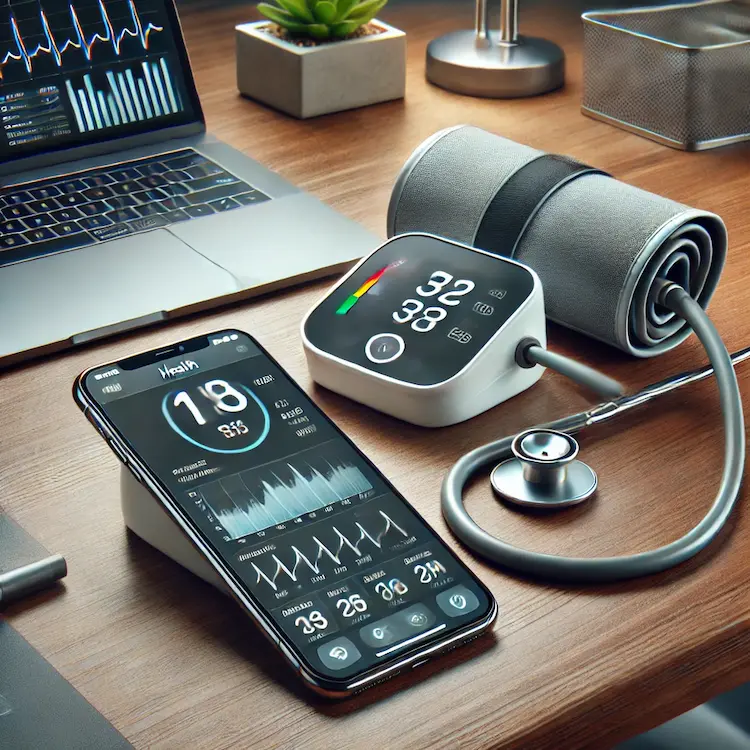Home blood pressure monitoring (HBPM) has become an essential tool for managing cardiovascular health. By enabling individuals to measure their blood pressure in the comfort of their own homes, HBPM provides valuable insights into heart health that can lead to better outcomes. This article explores the benefits of HBPM, its societal and health impacts, comparisons with other monitoring methods, and practical advice for integrating it into daily life.
HBPM involves using a portable device to measure blood pressure outside clinical settings. Unlike traditional methods performed in a healthcare provider’s office, HBPM allows for continuous monitoring in a stress-free environment.
Studies show that well-controlled blood pressure reduces risks of heart attack, stroke, and other cardiovascular complications. For example:
HBPM empowers individuals by:
Regular HBPM can reduce healthcare costs by minimizing the need for frequent doctor visits and preventing costly complications.
| Aspect | HBPM | Clinical Monitoring |
|---|---|---|
| Environment | Home-based, stress-free | Clinical, may cause stress |
| Frequency | Multiple times daily | Intermittent, limited to appointments |
| Cost | Affordable after device purchase | Recurring consultation fees |
| Data Accuracy | More reliable over time | Potentially skewed by single reading |
| Patient Engagement | High | Moderate |

HBPM fosters widespread knowledge about hypertension, contributing to healthier communities.
HBPM is now a vital part of remote healthcare services, aligning with telemedicine trends.